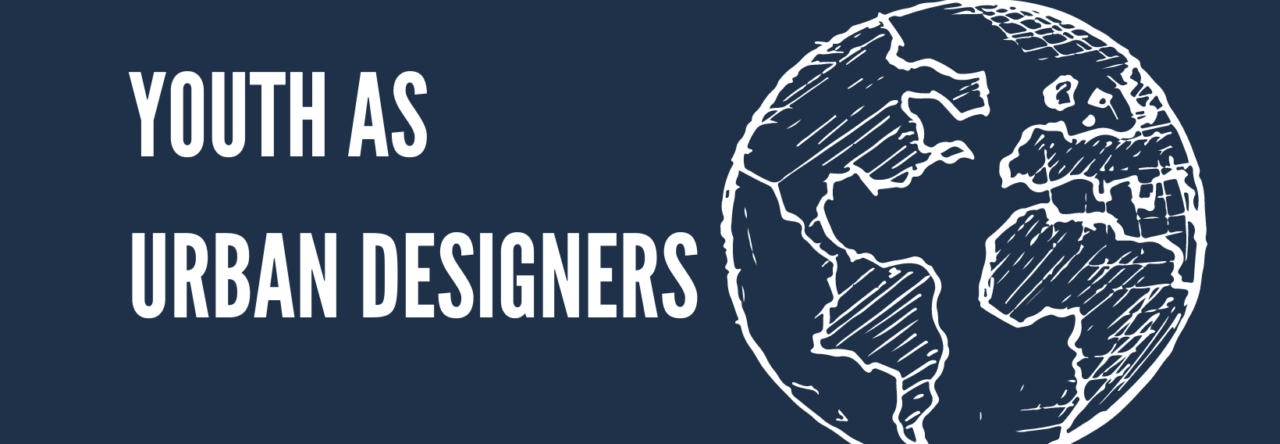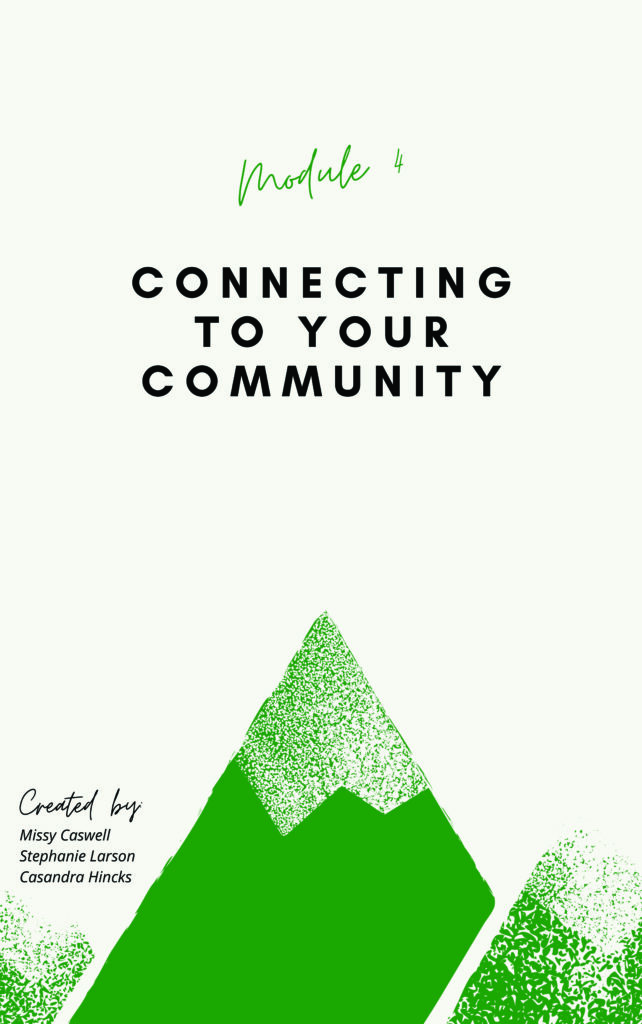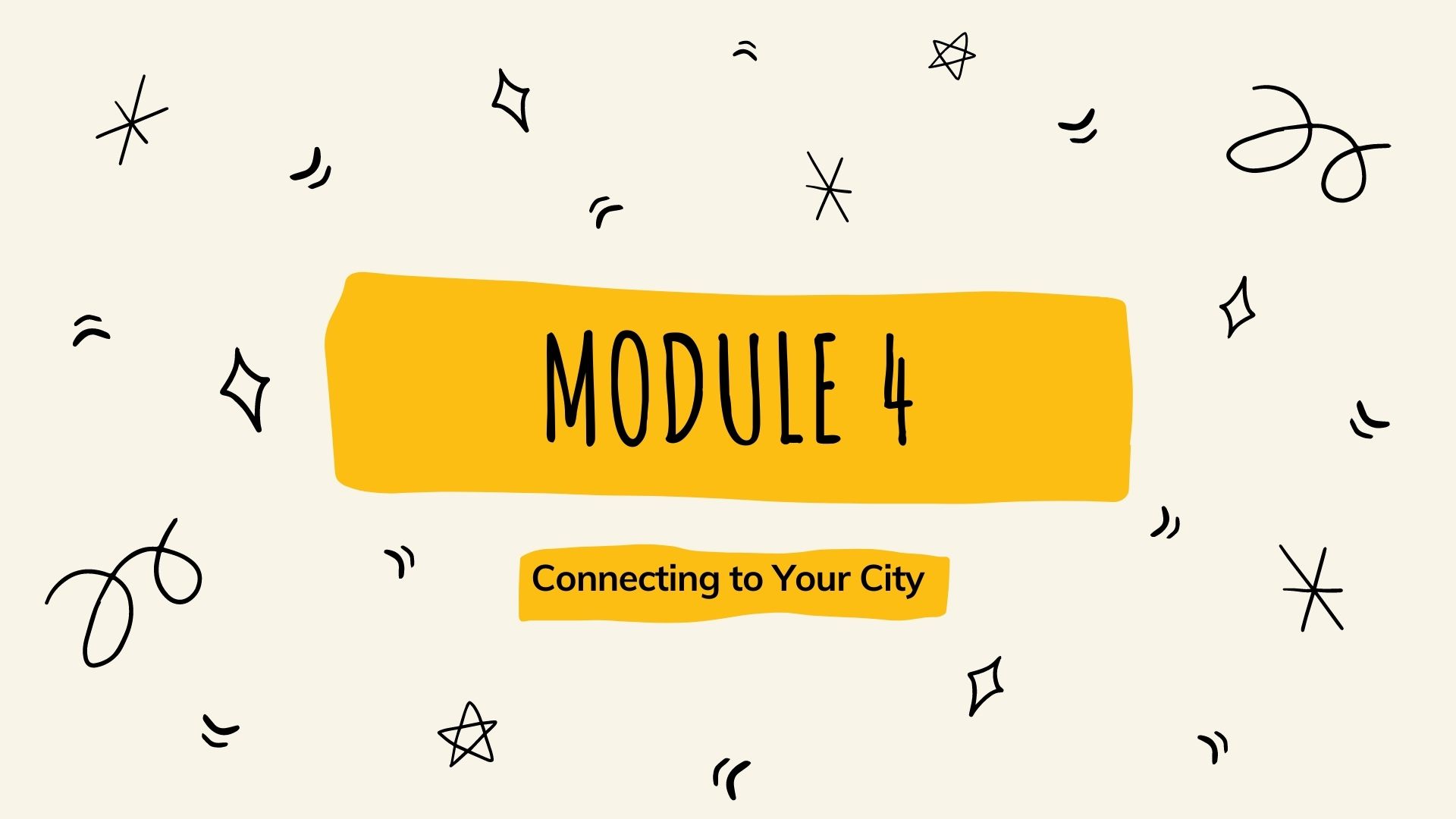
This 15 page module includes a lesson plan and student workbook. This unit is designed for students in grades 4 through 6 (Ages 9-12).
This module will allow students to engage in mapping, connecting to their communities, and take part in the urban planning and design process. Students will map an area in their community, identify problems, think critically about an issue they want to resolve, and design an action plan that they can take to their local government.
This module follows the British Columbia, Social Studies curriculum guidelines for Canada.
CLICK HERE TO ACCESS THIS MODULE.
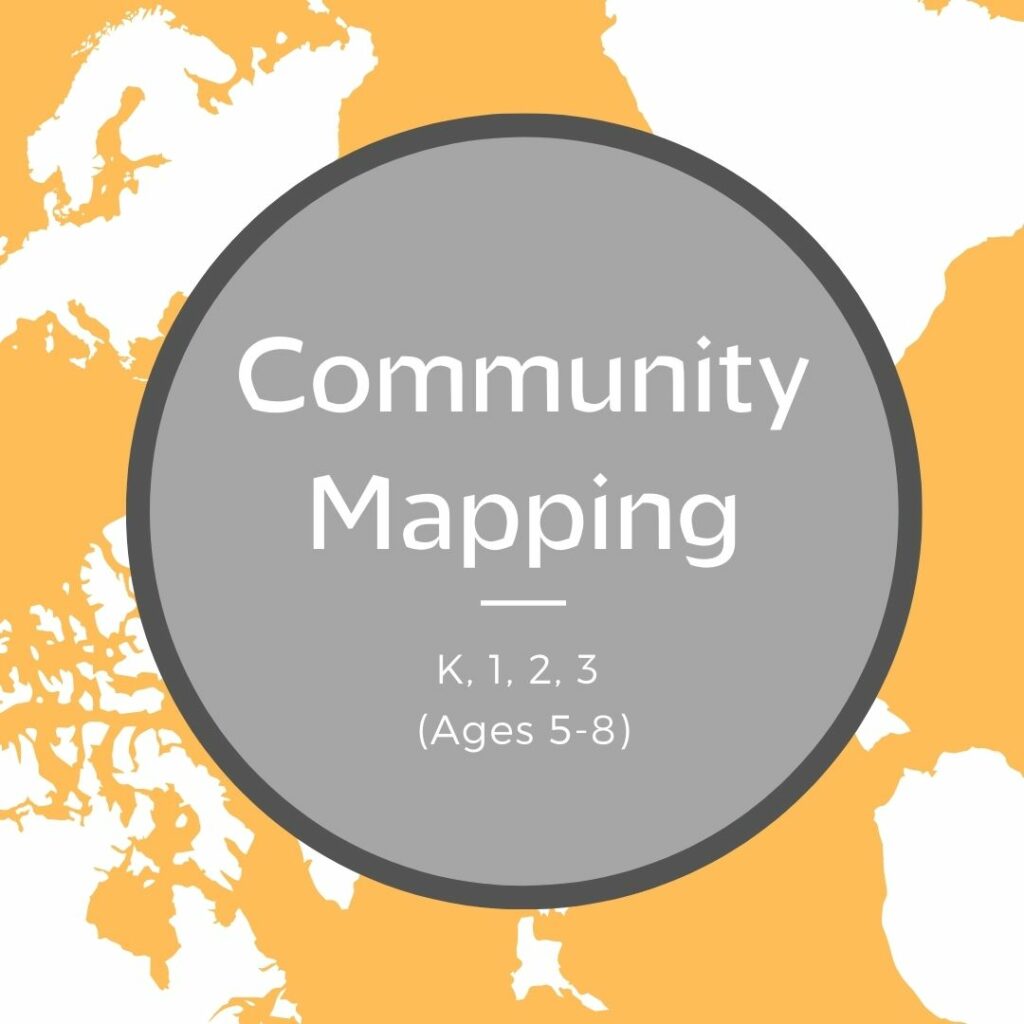
This mapping activity includes a lesson plan and workbooks for students in both Canada and India.
This module is designed for students in grades K-3 (Ages 5 to 8).
It was created in a way that can be adapted to include as much or as little detail in the activity so that students at various levels of learning can participate in building their mapping skills, learning more about their communities and country and exploring the environment around them.
This module follows the British Columbia, Social Studies curriculum guidelines for Canada.
Click here to access the CANADIAN Workbook.
Click here to access the INDIA Workbook.
EXPLORING CHILDRENS RIGHTS
The purpose of the following lesson plans are to help children explore their human rights and discover how their rights are, or are not, being met in their communities.
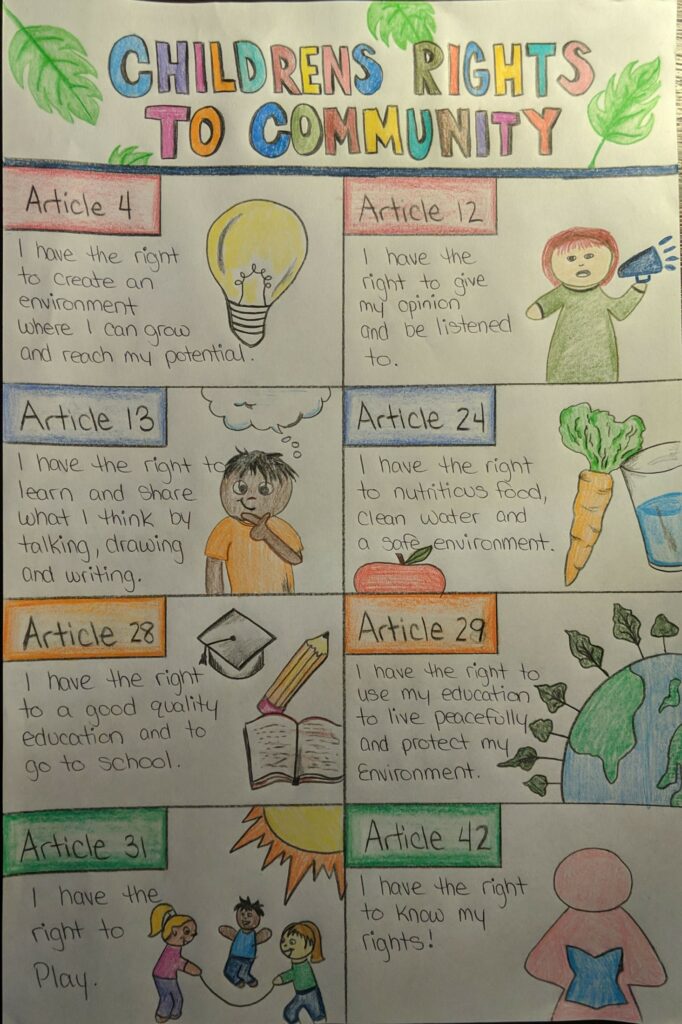
This activity allows students to explore the UN Convention on the rights of the child and identify which articles are related to their rights within their respective communities.
This activity is not age specific and can be used in classrooms from Kindergarten through Grade 12 (Ages 5 through 17).
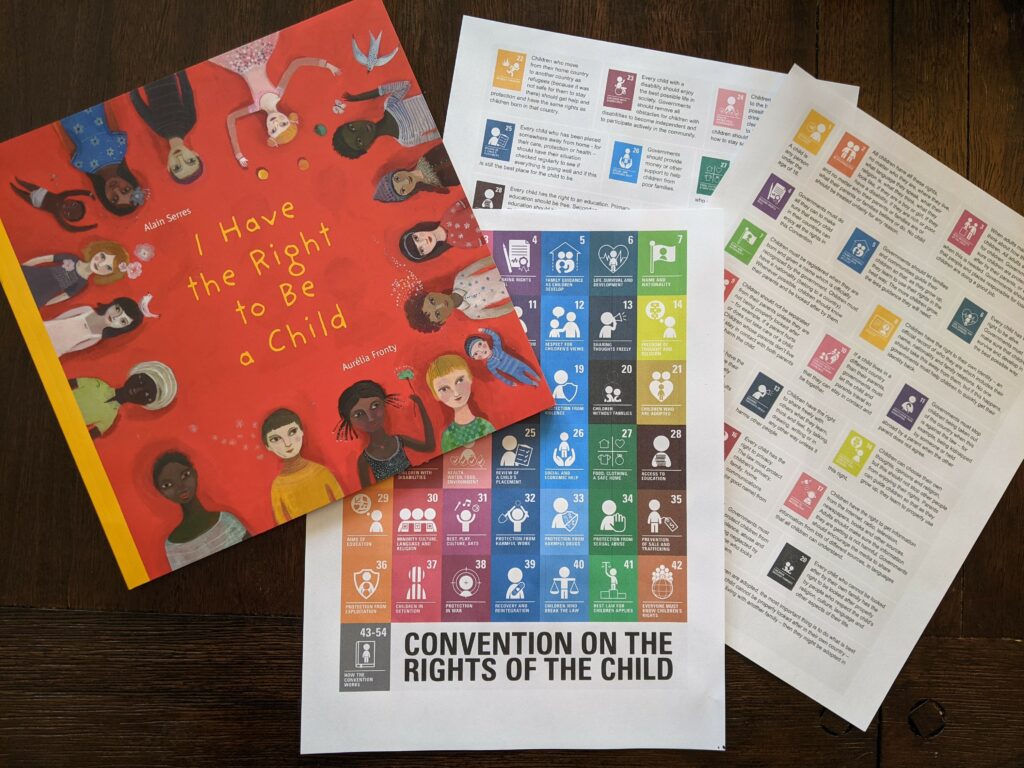
This activity allows students to explore their rights in a wider context.
Students will create a Tree of Rights based on their understanding of the principals and purpose of human rights using a visual.
Convention on the Rights of the Child
